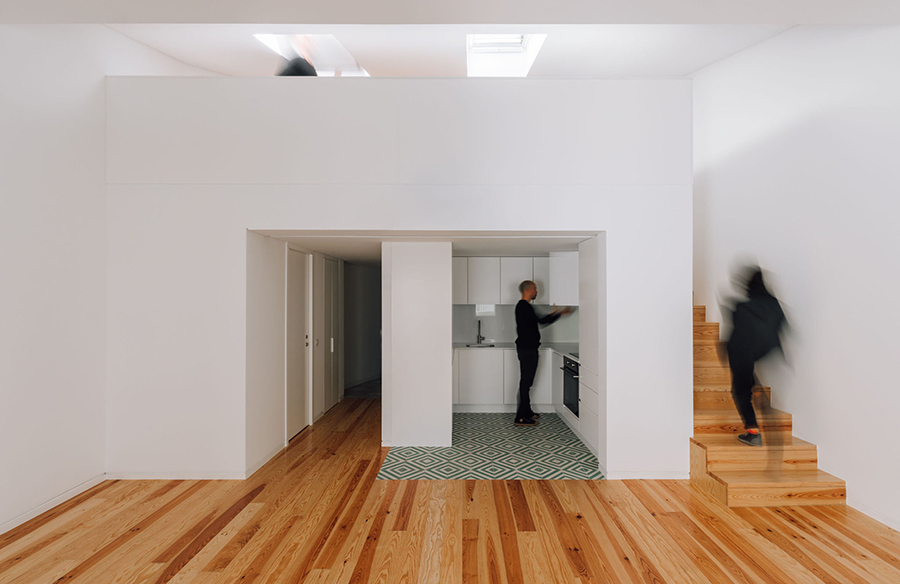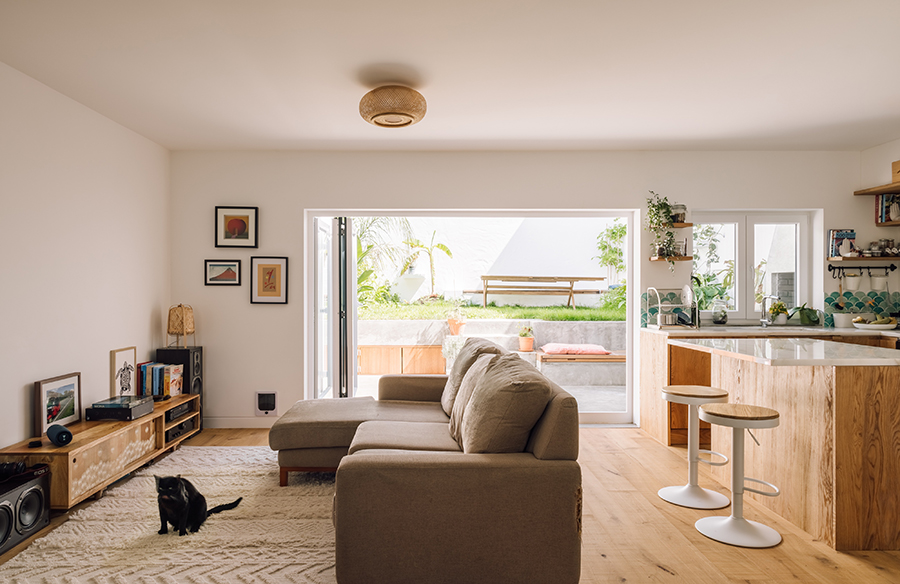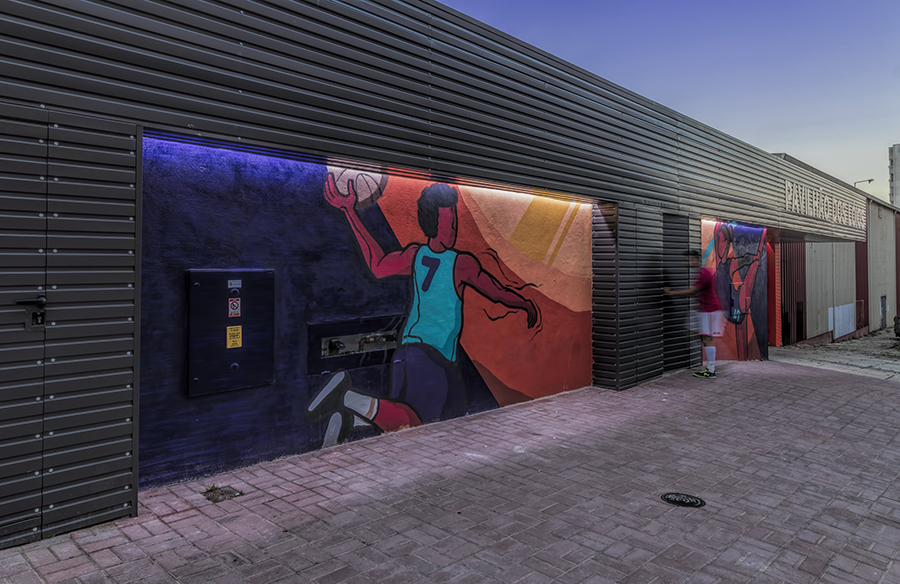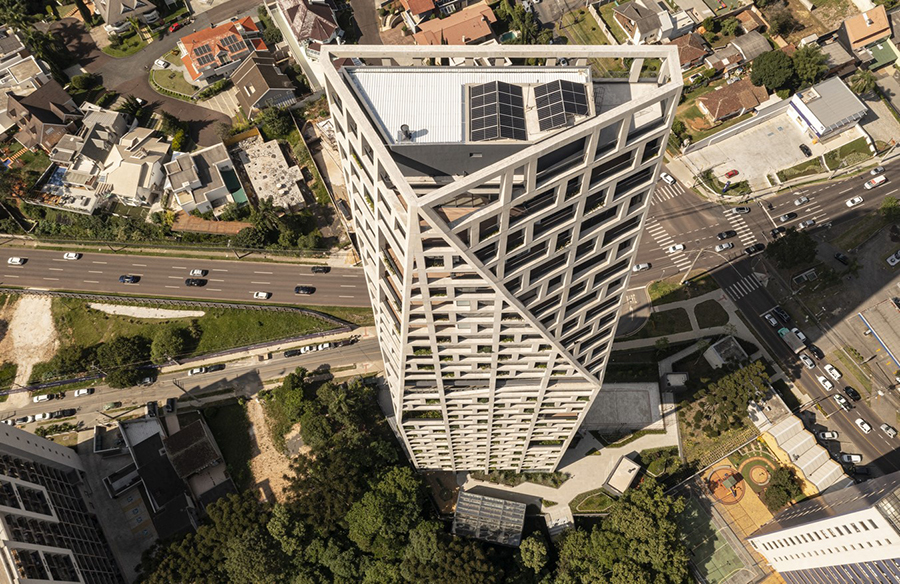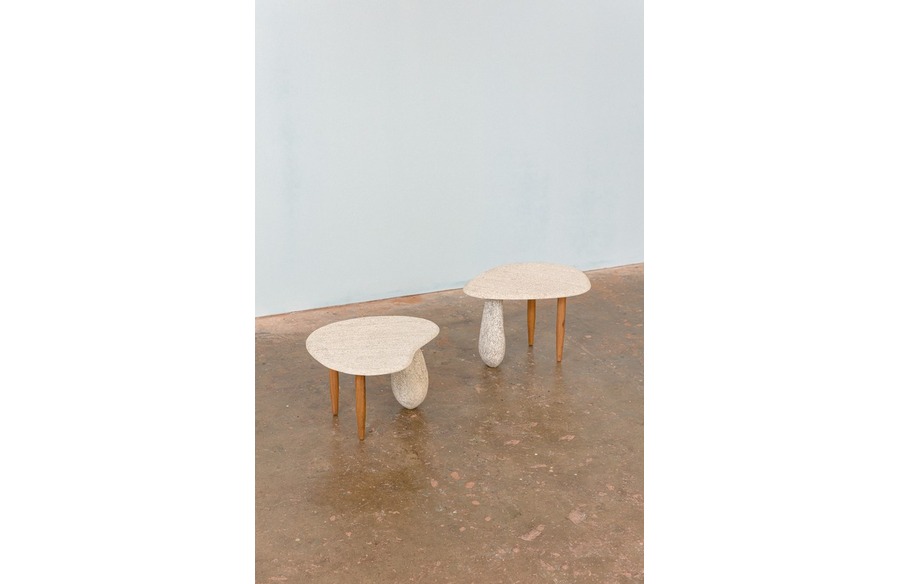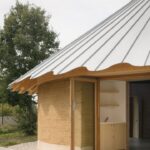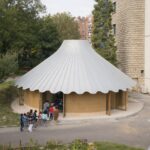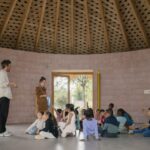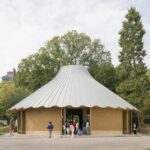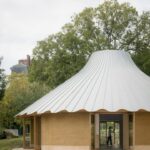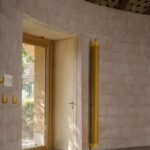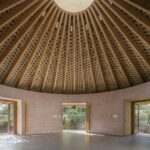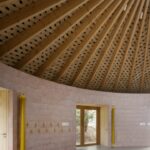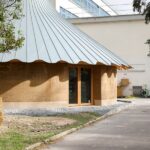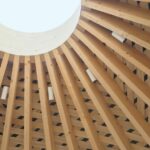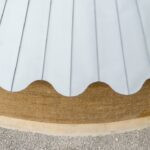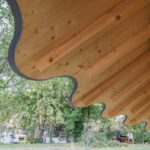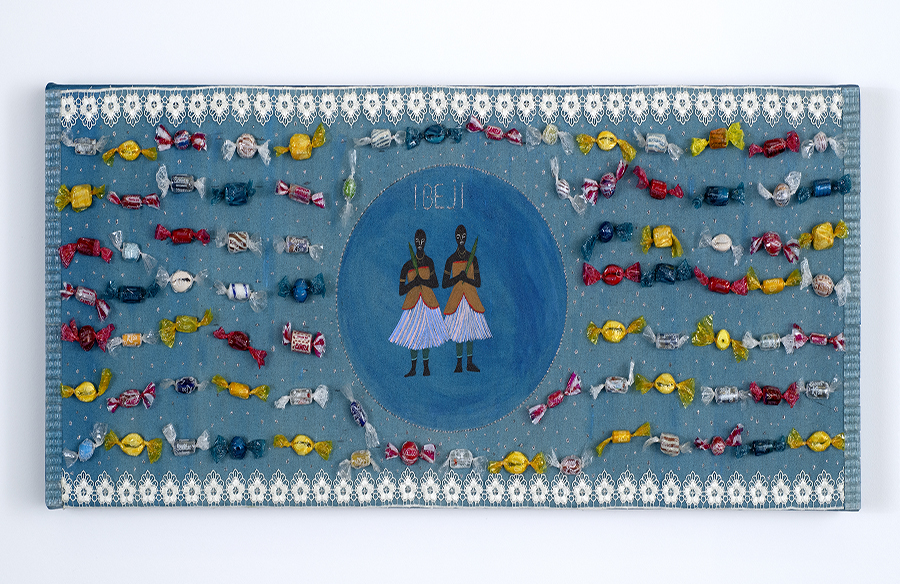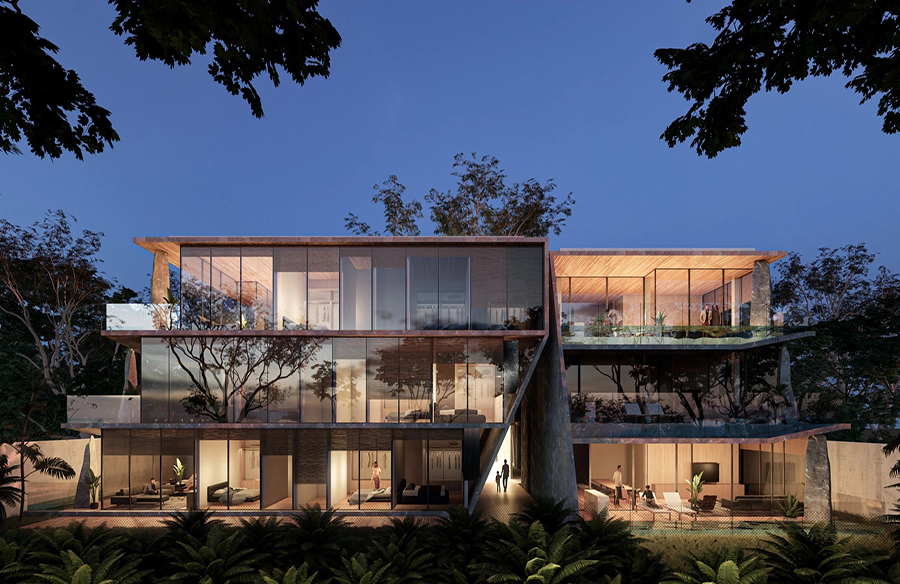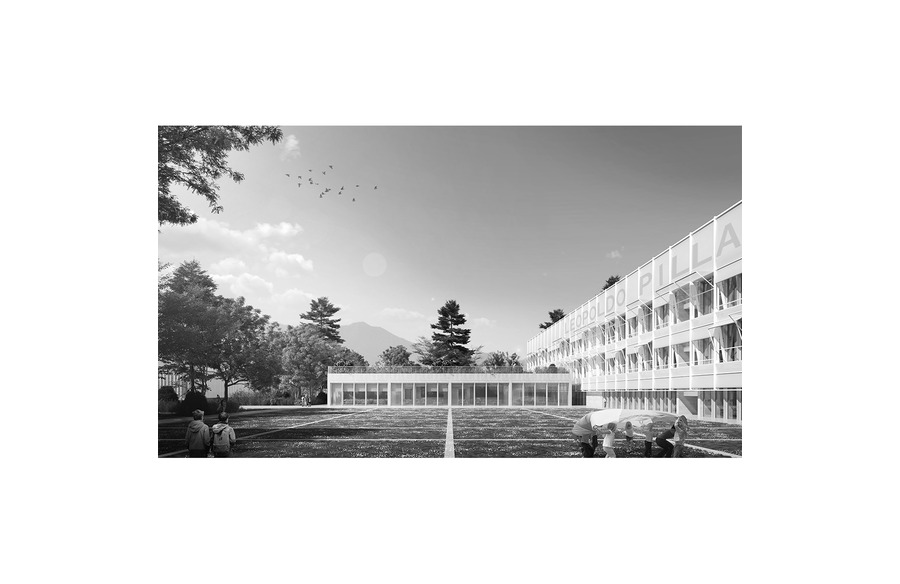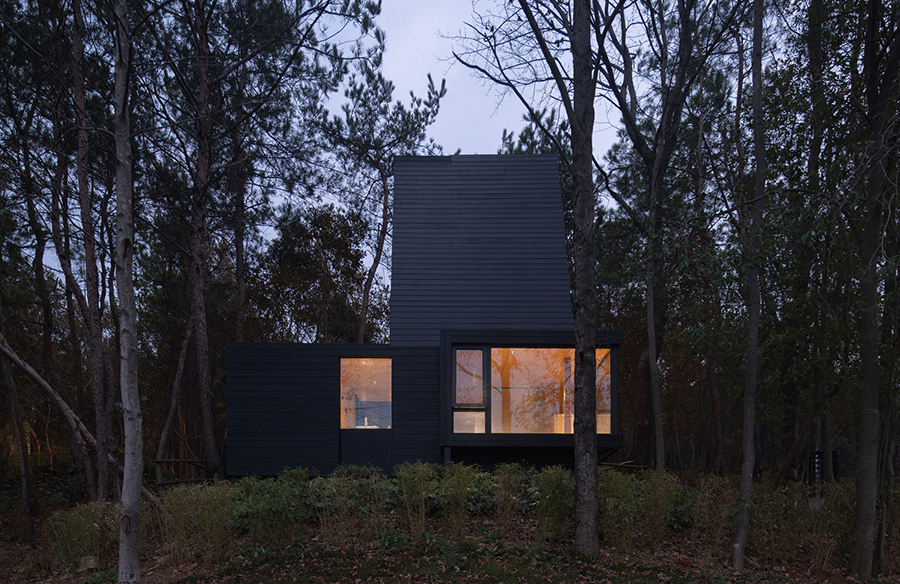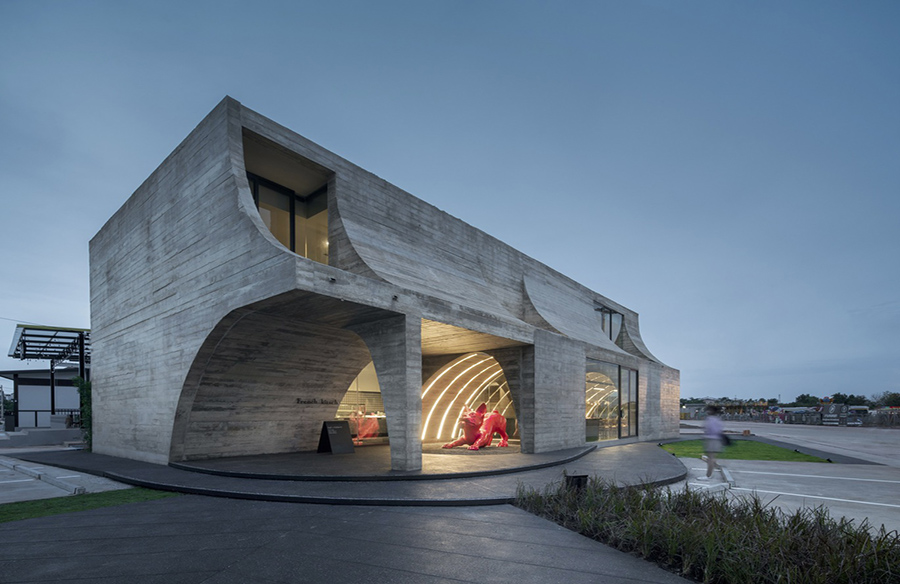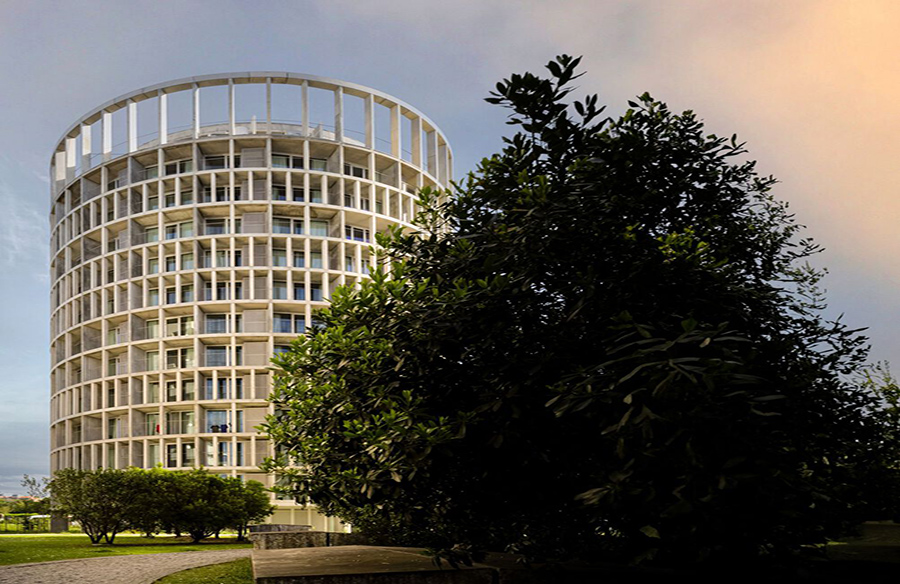Le Vau Pavilion A Sustainable Educational Oasis
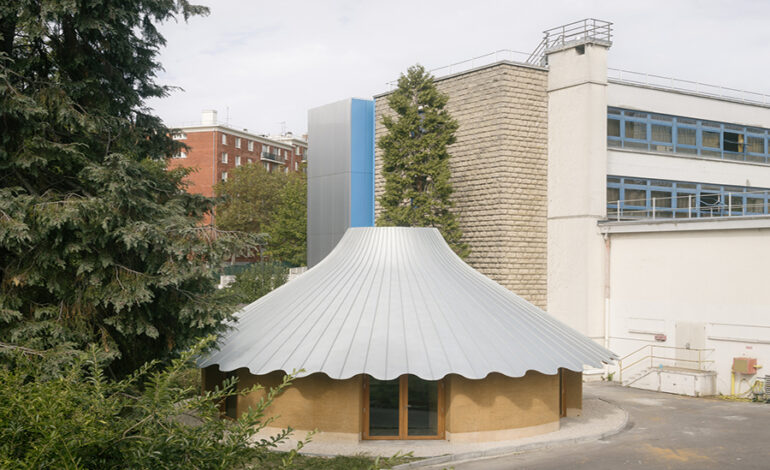
Introduction
Situated in the 20th arrondissement of Paris, the Le Vau Educational Pavilion, designed by L’Atelier Senzu, exemplifies sustainable architecture and community engagement within a school complex. Addressing the challenges of pedagogy, community integration, and decarbonization, this project serves as a model for transformative educational spaces.
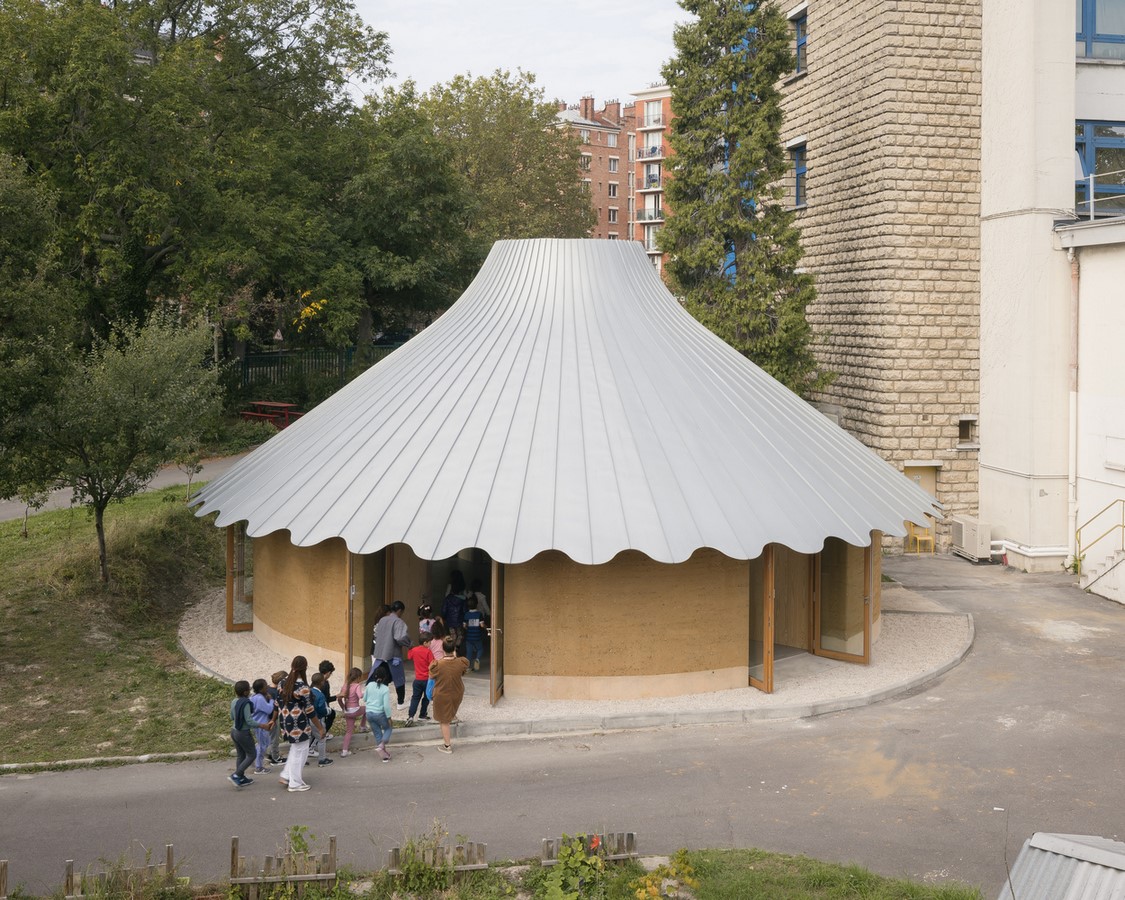
Community Engagement
The pavilion arose from collaborative efforts, including the OASIS program and the participatory budget of the City of Paris, alongside insights from the Le Vau school’s teaching team. Recognizing the need to overcome parental hesitancy towards educational institutions, the pavilion was conceived as a welcoming space to foster positive perceptions and enhance community engagement.
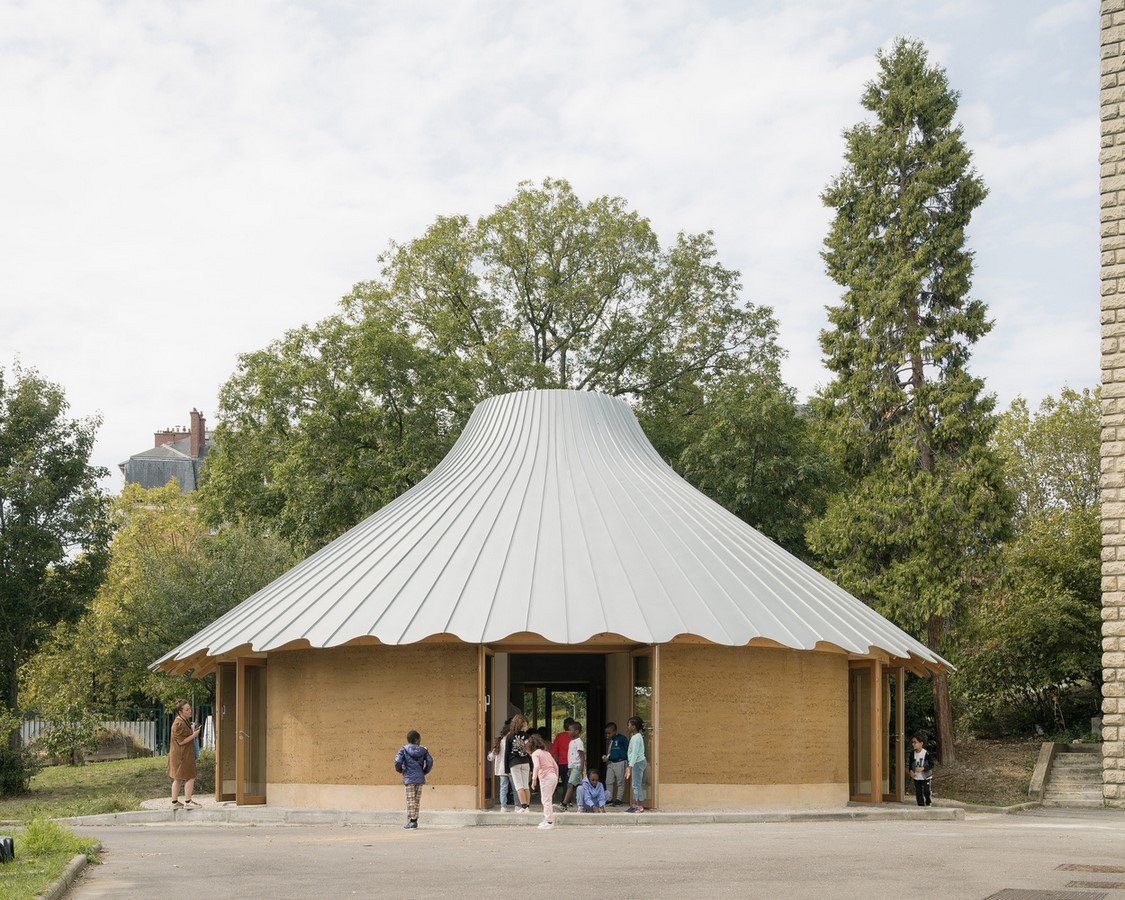
Sustainability and Design
Incorporating principles of sustainability, the pavilion reflects a holistic approach to architecture. It features a circular design, promoting inclusivity and collaboration, departing from traditional rectangular structures. Drawing inspiration from carousels, the facade embodies an egalitarian ethos, rejecting hierarchical design elements.
Innovative Materials
Rammed earth was chosen as the primary material for its structural integrity, thermal properties, and environmental benefits. As the first load-bearing rammed earth building in Paris, the pavilion showcases the potential of geosourced, biosourced, and decarbonized materials in sustainable construction practices.
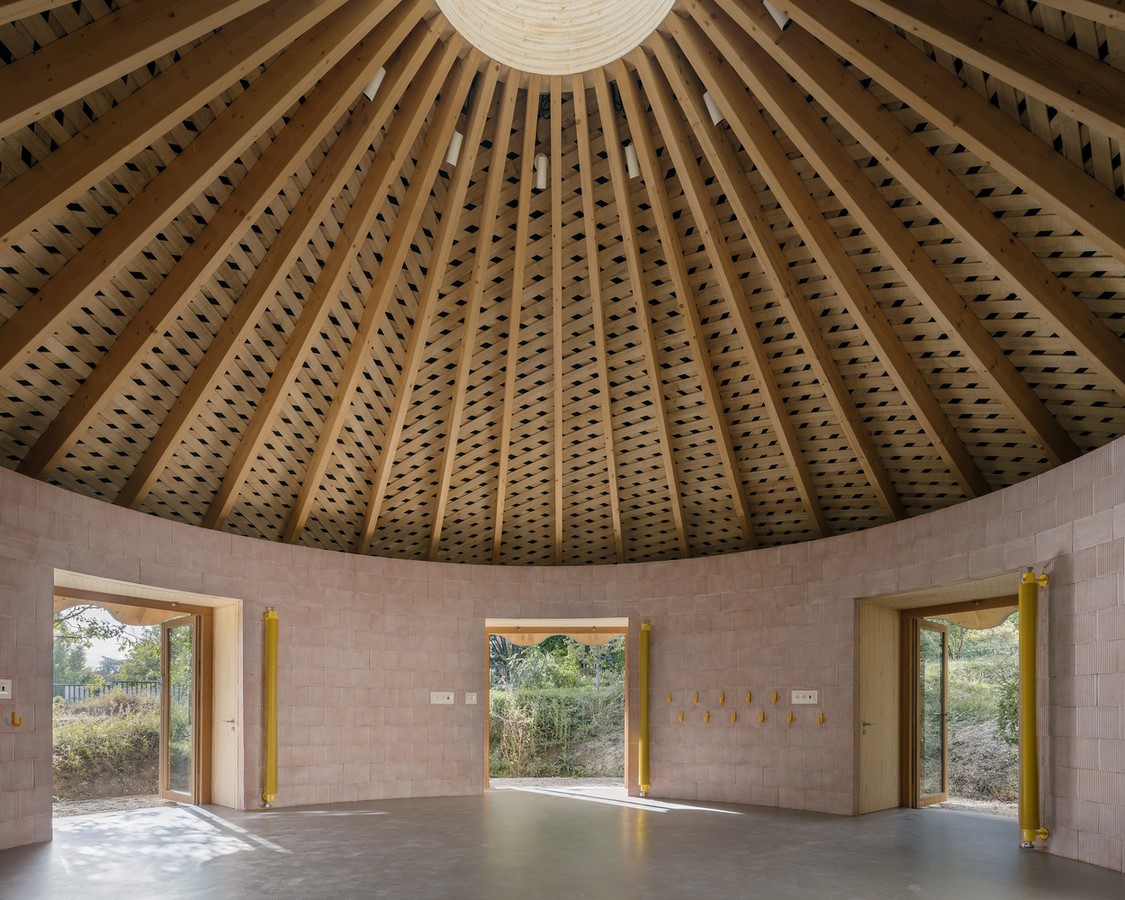
Conclusion
The Le Vau Pavilion stands as a beacon of sustainable architecture and community empowerment. With its circular design, strategic location, and innovative use of materials, it symbolizes a commitment to education, inclusivity, and environmental stewardship. As a welcoming space for children, parents, and educators, the pavilion embodies the spirit of collaboration and creativity, contributing to a brighter, more sustainable future for all.
